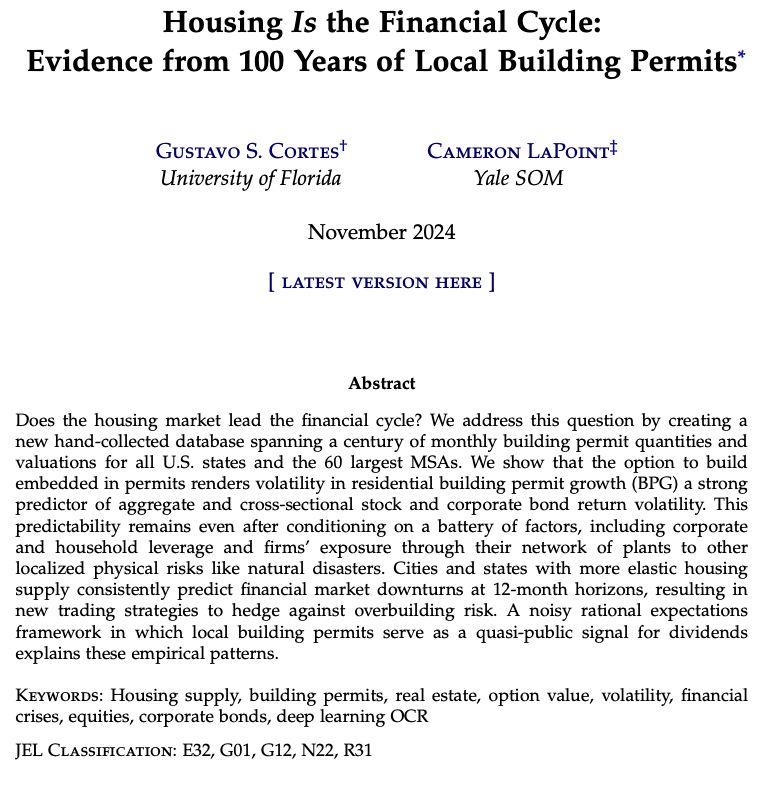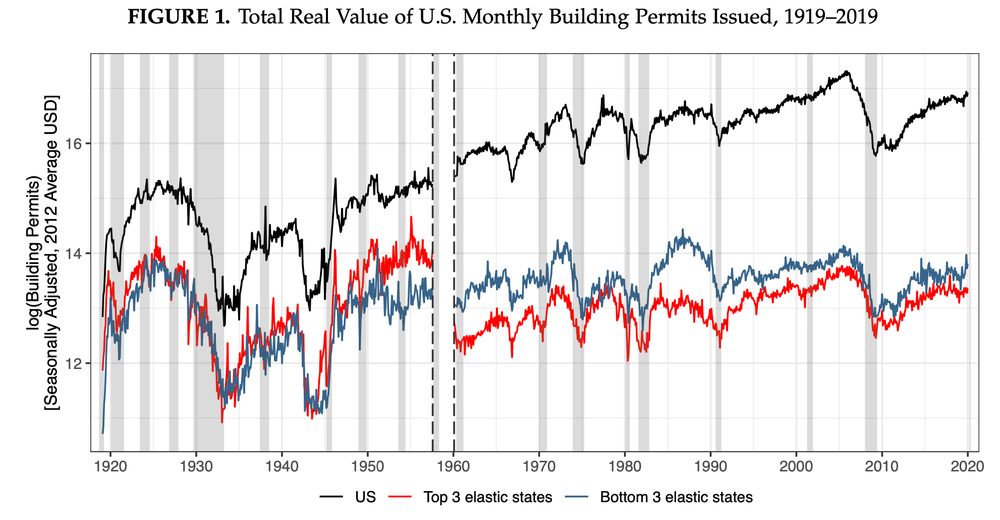


papers.ssrn.com/abstract=485...
Full paper here 👇
papers.ssrn.com/sol3/papers....
New episode The Property Pod with Brian Lancaster & Cameron LaPoint explores PACE financing.
YT: youtu.be/-uV8MleO080
Spotify: open.spotify.com/episode/04gq...
➡️

Full paper here 👇
papers.ssrn.com/sol3/papers....

papers.ssrn.com/abstract=485...


papers.ssrn.com/abstract=485...
Webinar Zoom registration link: us06web.zoom.us/webinar/regi...

Webinar Zoom registration link: us06web.zoom.us/webinar/regi...

